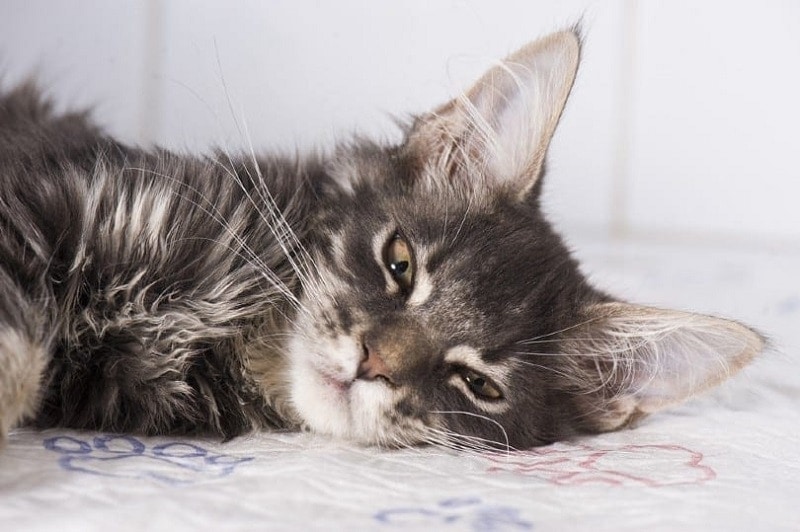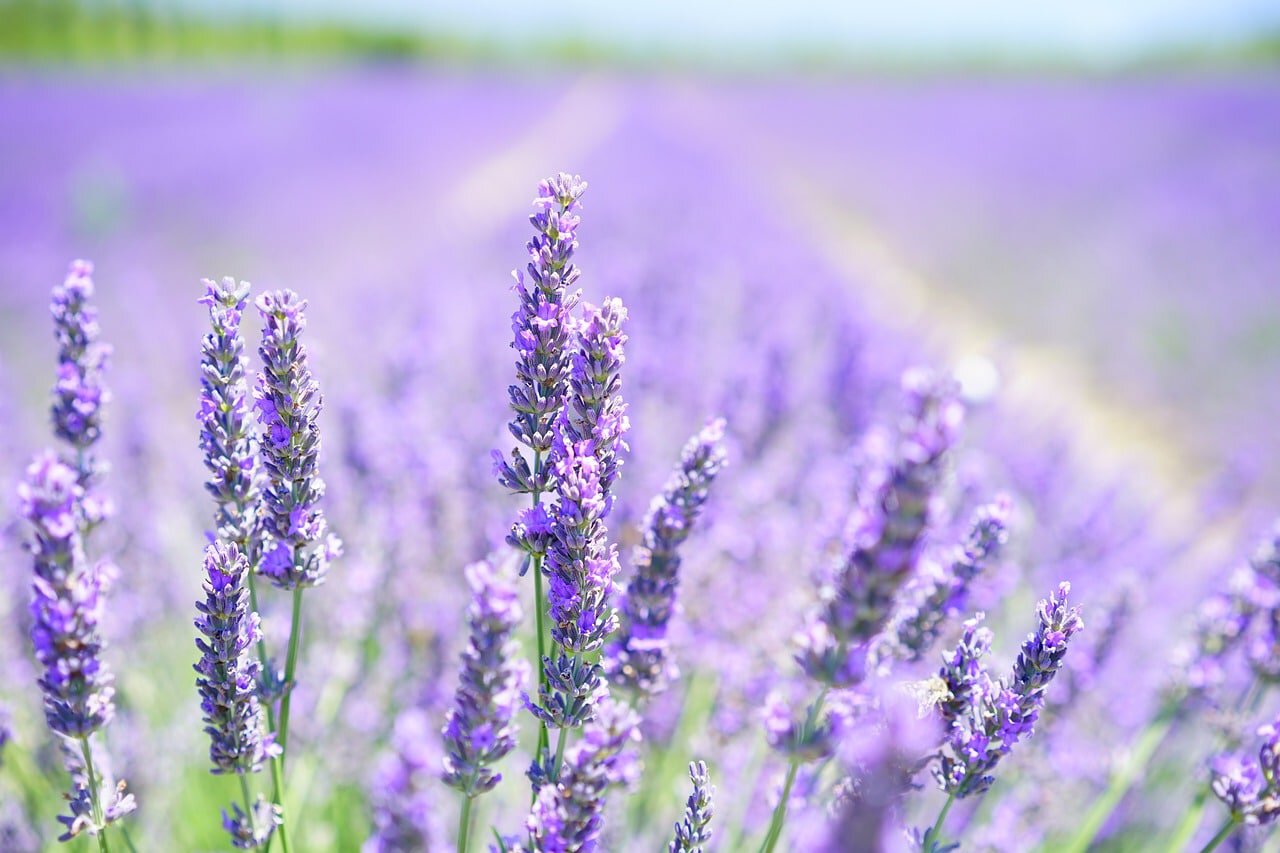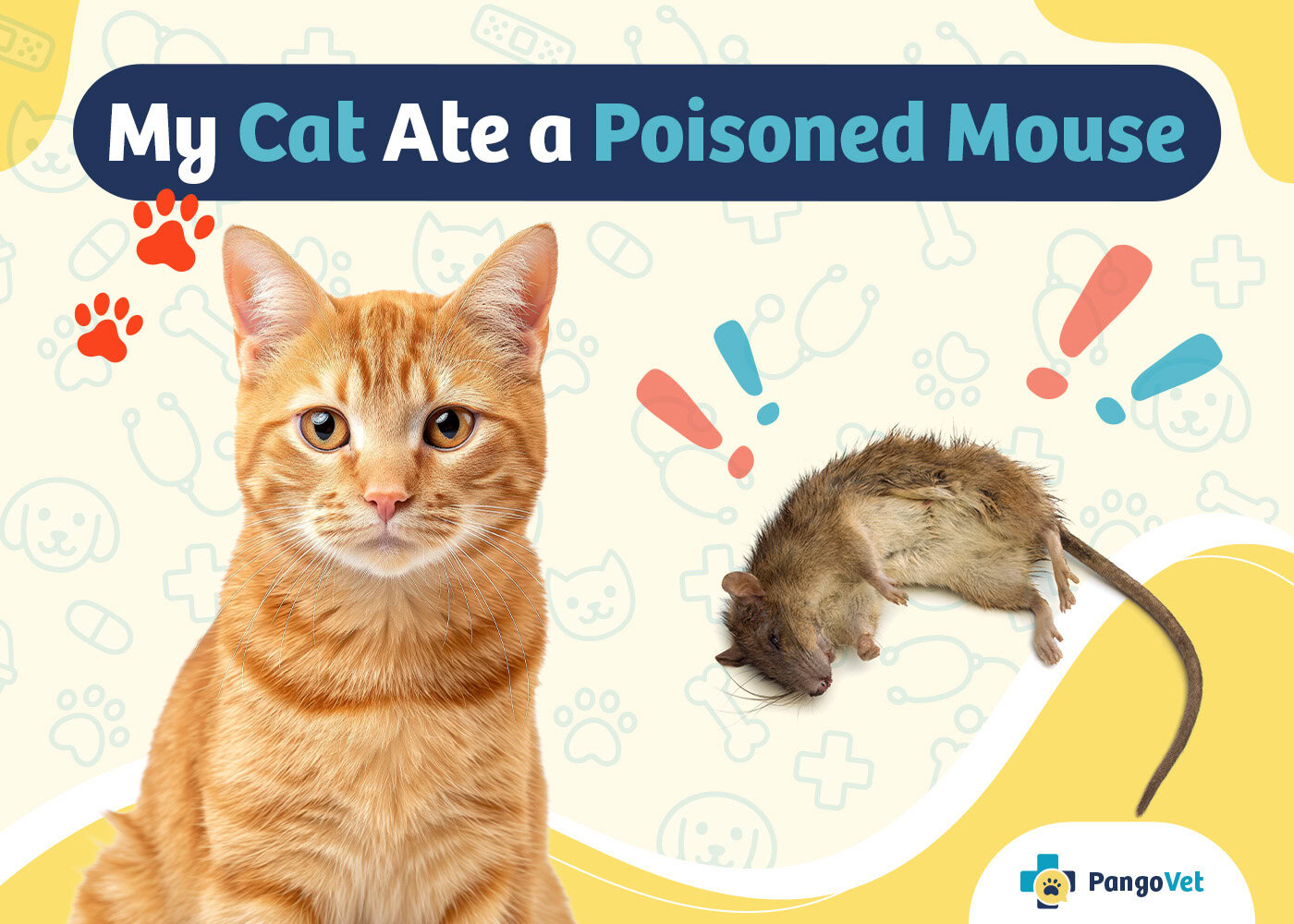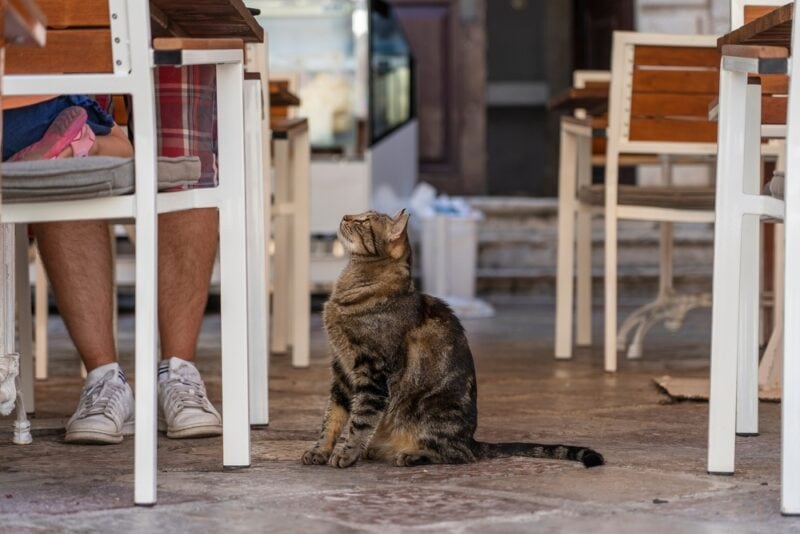VET APPROVED

The information is current and up-to-date in accordance with the latest veterinarian research.
Learn more »Click to Skip Ahead
Lavender is often associated with relaxation and is simple to grow. It’s used in several products for humans, but is it safe for felines? The smell of lavender isn’t toxic to cats, but the flower itself can be. In this article, we’ll discuss lavender’s toxicity, how it can affect your cat, and what to do in an emergency.

Why Lavender Is Toxic to Cats
Lavender contains linalool and linalyl acetate1. These compounds are part of what makes lavender smell so good. They also contribute to that calm feeling when you breathe in the aroma. However, cats can’t metabolize the compounds as well as humans can. When ingested, the compounds accumulate in your cat’s body and can cause serious health problems.
Ingesting fresh or dried lavender, essential oils, lotions, or tea made with lavender can lead to one or more of the following issues:
- Vomiting
- Nausea
- Gastrointestinal stress
- Difficulty breathing
- Lethargy
- Changes in heart rate
- Loss of appetite
- Weakness
- Drooling
- Muscle tremors
- Death
How Much Lavender Is Toxic to Cats?
Your cat must eat quite a lot of fresh or dried lavender to cause issues. At most, they’ll get a belly ache, vomiting, or diarrhea, especially if they’re sensitive to it. Accidentally eating a bit of dried or fresh lavender is rarely deadly for cats.
The risk is higher when it comes to lavender essential oils, which are more concentrated than the flower and are, therefore, more dangerous. Ingesting even a small amount can cause significant distress to your cat, ranging from breathing difficulties to liver damage, seizures, and coma. It can even be fatal in high enough amounts. Essential oils can also irritate or burn your cat’s mouth, nose, and eyes.
There are also more opportunities for a cat’s system to absorb lavender essential oils. Aside from ingestion, it can enter their body through their skin or via grooming their fur, further increasing the danger.
Is It Okay for Cats to Smell Lavender?
The scent of lavender doesn’t contain as many toxic compounds as the flower or essential oils. But again, it still depends on your cat’s sensitivity level and the scent delivery method.
For instance, if your cat gets a whiff of dried lavender, they’ll probably be fine because the compounds are significantly weaker in this form. On the other hand, if your cat gets a nose full of lavender essential oil mist (like in a diffuser), they may get nauseous and experience other adverse effects. It’s hazardous for cats with respiratory problems such as asthma.
It’s hard to predict how sensitive your cat is to lavender, so it’s best to be cautious and avoid exposing them to it in any form, including the scent.

What to Do if Your Cat Ingests Lavender?
Call your vet as soon as possible if your cat ingests fresh, dried, or essential oil lavender. They will ask you questions about the amount of lavender ingested and how long ago it was eaten, so try to have as much information as possible.
If you can’t reach your vet, call poison control or your local emergency animal clinic.
In the meantime, keep a close eye on your cat for signs of distress, such as breathing problems, loss of appetite, lethargy, and disorientation. Treatment for severe cases may include activated charcoal, anti-nausea medication, and IV fluids. You may also have to assist your cat with eating if their mouth is injured.

Final Thoughts
Lavender is a beautiful and calming scent, but it can be toxic to cats if ingested in certain forms. Essential oils are particularly dangerous since they can enter your cat’s system through their skin, eyes, or mouth. If you suspect your cat has ingested lavender, contact your vet immediately. In the meantime, monitor them closely for any signs of distress and provide supportive care if necessary.
Lastly, the best way to keep your cat safe from lavender toxicity is to prevent exposure to the flower, essential oil, or lavender-infused products. If you must keep lavender in your home, ensure your cat cannot access it.
Featured Image Credit: Pixabay












